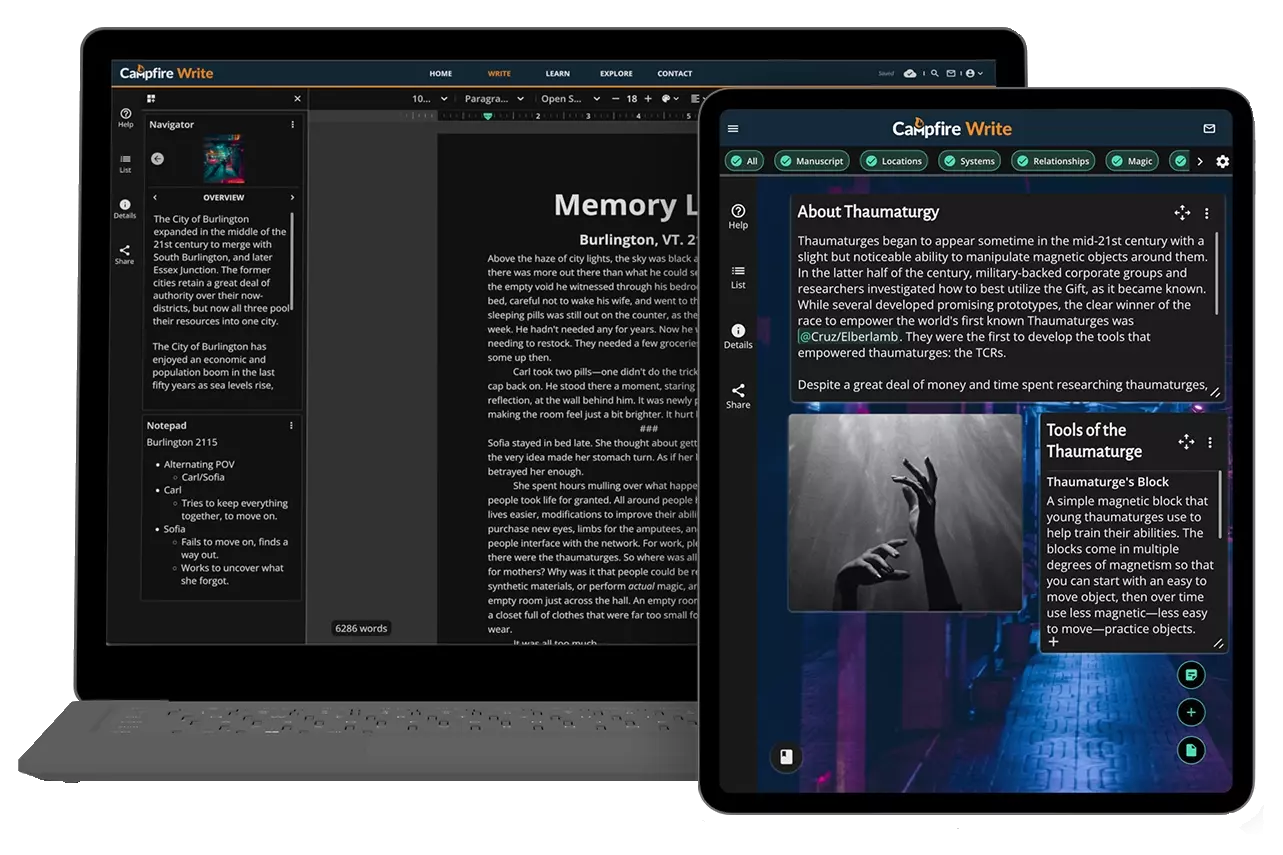A2102 Insights
Explore the latest trends and news on technology, lifestyle, and more.
Code Your Way to Clarity: Writing Software That Speaks Your Language
Unlock the secret to clear coding! Transform your software to communicate effortlessly and boost your productivity today!
Understanding the Importance of Code Readability: Best Practices for Writing Clear Software
In the world of software development, code readability is a crucial factor that significantly impacts both the short-term and long-term success of a project. Well-written code not only allows developers to understand their work more easily but also facilitates collaboration among team members. By adhering to best practices such as using meaningful variable names, consistent indentation, and clear commenting, developers can create code that others can follow without extensive explanations. This clarity is particularly important in larger teams and complex projects where multiple contributors may need to understand and modify the same codebase.
Implementing best practices for writing clear software can enhance maintainability and reduce the likelihood of bugs. Here are a few essential techniques to consider:
- Consistent Naming Conventions: Use descriptive and consistent names for functions and variables.
- Commenting and Documentation: Add comments to explain the purpose of complex code sections and maintain external documentation.
- Modularization: Break code into smaller, reusable functions that each handle a single responsibility.
By following these guidelines, developers can ensure that their code is not only functional but also easy to read, understand, and maintain over time.

How to Write Code That Communicates Effectively: Tips for Developers
Effective communication in code is crucial for developers, ensuring that not only the code works but also that it can be understood and maintained by others. To achieve this, one should prioritize clarity over cleverness. Consider using meaningful variable names that accurately describe their purpose, which makes the code more intuitive. Additionally, using consistent naming conventions helps in maintaining a coherent style. Commenting on complex logic is also essential; the comments should explain ‘why’ a particular approach was taken, not just ‘how’ it’s done.
Another vital aspect of writing effective code is organization. Structuring code into modular components not only enhances readability but also promotes reusability. Developers should maintain a clear project structure and keep functions small and focused on a single task. Moreover, adopting principles such as DRY (Don't Repeat Yourself) and KISS (Keep It Simple, Stupid) encourages simplicity and reduces complexity in codebases. Finally, regular refactoring and code reviews are crucial practices that foster better communication within development teams.
What Makes Software Speak Your Language? A Guide to User-Centric Programming
What Makes Software Speak Your Language? The essence of user-centric programming lies in its ability to understand and respond to users' needs seamlessly. To achieve this, developers must focus on usability, ensuring that software interfaces are intuitive and accessible. A user-centric approach involves thorough understanding of the target audience through research methods such as surveys, interviews, and usability testing. By actively engaging with users, developers can identify pain points and preferences, crafting software that resonates with its audience.
Additionally, effective software communication is influenced by personalization and adaptability. By utilizing data analytics and machine learning, software can learn from user behavior, effectively evolving to suit individual preferences. This leads to a more engaging experience where users feel understood and valued. In conclusion, embracing user-centric programming not only enhances satisfaction but also increases loyalty, empowering software to truly speak the language of its users.